15. DEPRESSION ... AND MORE DICTATORSHIP
(THE 1930s)

THE DEPRESSION'S IMPACT ON EUROPE
CONTENTS
 Britain and the Great Depression Britain and the Great Depression
 Rebuilding the French economy Rebuilding the French economy
 Austria Austria
 The new Republic of Czechoslovakia The new Republic of Czechoslovakia
 Germany, Italy and Japan move into a Germany, Italy and Japan move into a
closer relationship
The textual material on page below is drawn directly from my work
A Moral History of Western Society © 2024, Volume Two, pages 136-139.
BRITAIN AND THE GREAT DEPRESSION |
Britain
would join the industrial world in the great catastrophe which fell in
the West at the beginning of the 1930s ... but would fare better than
many of the other nations. At first the British financial and
industrial sectors were hard hit by the panic of the capital markets
... and by the American decision to impose tariffs on non-American
goods in the hope that this would protect struggling American goods
against foreign products. But this merely produced the decision
of other governments to do the same, drastically restricting global
markets at a time when they needed to be more open than ever in order
to invite production.
Britain responded by creating a protected
trade region with its dominions overseas ... large enough to encourage
the continuing movement of raw materials and finished products back and
forth within the imperial zone. Thus Britain and the dominions
fared better than much of the rest of the world ... though Britain
still had to watch government expenditures (especially such items as
military men and equipment in a time of "peace"). But British
industry was also modernizing and developing new lines of efficiency
that would help the British economy enormously.
REBUILDING THE FRENCH ECONOMY |
Then
the Great Depression hit over the winter of 1929-1930. At first
it looked as if France might escape its grip ... but by 1931 the French
economy was slipping into the Depression as well. The next few
years would be extremely tough for France economically.
The Popular Front
By 1934 France was being shaken by political revolts ... especially
after the revelation of the Stavinsky scandal in which a number of
Leftist cabinet members were found to have been involved in the massive
purchase of worthless bonds. In February of that year a massive
protest over this scandal by Paris mobs – which many thought was the
prelude to an attempt at a right-wing political coup – had to be
dispersed by the force of arms. Order was restored to France.
However, over 200 had been killed and over two thousand badly wounded
in the riot.
Consequently, Leftist suspicions of on-going Fascist plots – plus
similar Right-wing suspicions of Communist plots to take over France –
split the country into two political groupings whose hostility toward
each other grew ever deeper ... literally immobilizing French politics
at the center. By 1935, an originally veterans organization, the
Croix de Feu, had grown into a para-military organization of some
300,000 ... with characteristics similar to the Fascist organizations
of Italy and Germany, giving signs of a readiness to take over the
French government by storm (in the manner that Hitler had just done in
Germany).
After the left-wing Socialists split from the more centrist Socialists
to form the Communist Party, the more centrist Socialists decided
to enter into various governing coalitions with the French Radicals
(also largely centrists), coalitions which came to be termed the
"Popular Front" Also, as Stalin eventually became more concerned
about the dangers of Hitler than the dangers of Western capitalism and
bourgeois democracy, the Popular Front came to include the
participation of the French Communists. In the 1936 elections the
French fear of fascism was substantial enough to give the Popular Front
a clear majority in Parliament and thus a Popular Front government
under Léon Blum was formed (the Right received only a little over a
third of the vote).
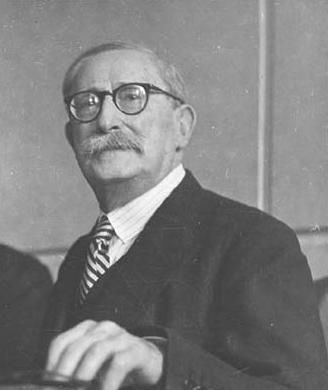
This was an extremely difficult time for Blum to be given the
responsibility of leading the nation. Employment levels in France
were so low that only about a half of the French workers were employed
full time. Unemployment payments by the government had again
nearly completely drained the French treasury of its gold
reserves. And workers’ strikes were breaking out all over the
country. Blum responded with legislation mandating the 40-hour
work week, paid vacations, and collective bargaining ... which greatly
settled the mood of the French industrial workers. Likewise for
the French farmer prices were set by government so as to set the price
of the industry’s all-important wheat crop. And a number of
industries (such as the armaments industry) were nationalized ... or at
least brought under strict government regulation.
Unfortunately for the French economy these measures only ignited a huge
French price inflation of all these regulated goods. Wheat prices
were higher ... therefore so was the price of bread for the average
Frenchman. Shortening the industrial work week forced
industrialists to have to raise prices in order to draw any profit for
their operations, which made French products less competitive on the
open international market. Consequently this French ‘New Deal’
failed to solve the problem of widespread unemployment, industrial
bankruptcy and the devaluation of the franc. Worse, it crippled
the French armaments industry ... at a time that Germany was rapidly
rearming under Hitler’s direction.
Then besides the Left-Right deadlock over the basic political path the
country should take in terms of domestic policy, the evolution of the
larger world of European politics during the 1930s made French national
politics even more difficult. The French could not decide which
rising power to the East, Nazi Germany or Communist Russia, posed the
greater danger to Western, or at least French, civilization.
Along with this went wide disagreement on how to respond to Mussolini
in Ethiopia and the civil war raging next door in Spain
Ultimately the poor economy, and Blum's decision not to support the
leftist Republicanists in the Spanish Civil War, caused the defection
of the Communists – and the collapse of his government in 1937 ...
though so shaky was the situation that he was returned to office in
1938 ... briefly. Then the centrist Radicals took control under Édouard
Daladier and Blum’s Socialists were dropped from the cabinet. But
Daladier also had a very difficult time navigating France through the
tough times of unemployment, the impact on the economy of the shortened
workweek, a growing government deficit ... and a drop in French arms
manufacture. In 1938 measures were taken to allow the armaments
factories to stay open six days of the week (in the hopes of answering
the growing German threat) ... but this would prove to be too little
too late. |

Léon Blum - leader of the French SFIO (French Section of the Workers' International) and one of France's prime ministers during the French leftist
"Popular Front" of 1936-1938

Édouard Daladier ... head of the French Radicals (not so "radical" really!) and French Prime Minister
after the fall of the Popular Front in 1938
Then
with the economic crisis of the early 1930s the confusion worsened ...
with a rising group of Austrian Fascists pressing for union (Anschluss) with
Hitler’s Nazi Germany ... and with both the Christian Socialists and
the Social Democrats fervently opposed. Englebert Dollfuss served
as the head of the Christian Social Party and became head of a
coalition government in 1932 - but with such a slim majority that it
made his position very shaky. Voting irregularities in the
following year caused the coalition to collapse. But Dollfuss
convinced the Austrian President, Miklas, to let him rule without
parliament - as virtual dictator - pointing out the threat of a German
Nazi takeover of Austria as the alternative (the Nazis were gaining
popularity rapidly in Austria at this time).
However in 1934, Dollfuss was assassinated in an attempted German Nazi
takeover of Austria, the "July Putsch." His assassins were
arrested and the coup was thus thwarted.
Dr. Kurt von Schuschnigg took over the office of Chancellor after
Dolfuss's assassination and in 1935 was able to disband the Heimwehr, a
paramilitary group similar to the Nazis, in an effort to get Austria
settled down. But Schuschnigg was ultimately unable to hold back
the rising Nazi spirit demanding the Anschluss with Hitler’s
Germany. Thus heading into the latter 1930s, Austria was facing a
crisis it could not seem to overcome.
|
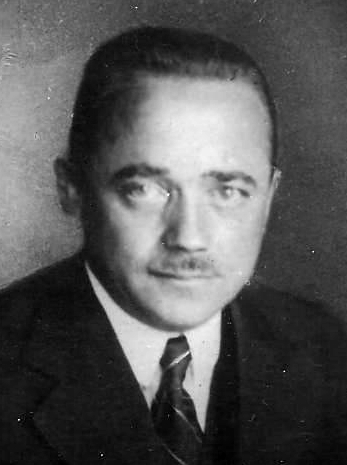
Engelbert Dollfuss - Chancellor
(then dictator) of Austria (1932-1934)
Verlag Christian Brandstätter,
Vienna
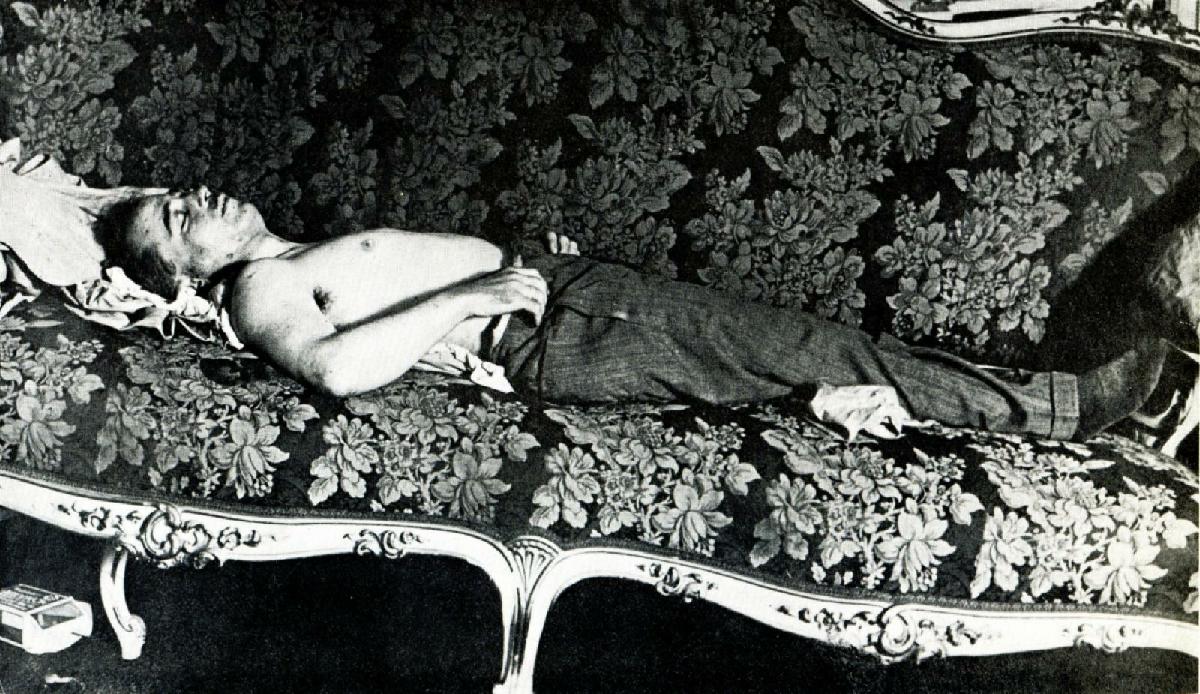
Austrian Chancellor Engelbert
Dollfuss, who bled to death in his Vienna office, assassinated by Nazis in
a (failed) attempt to overthrow the Austrian government - July 25, 1934.
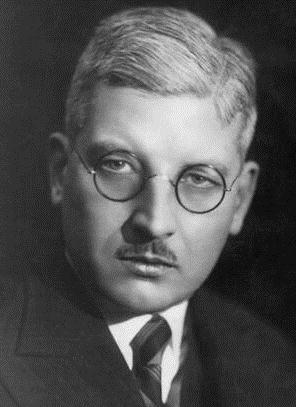
Kurt Schuschnigg - Chancellor
of Austria (1934 - 1938). He attempted to hold off a Nazi grab of Austria ... and called for a national plebiscite to let the Austrians choose for themselves their destiny. But just two days before the scheduled plebiscite Hitler threatened Schuschnigg ... who then resigned (March 12, 1938).
THE NEW REPUBLIC OF CZECHOSLOVAKIA |
| But
as with the rest of Europe, the Depression hit the country hard.
Friendly relations that once united the cultural subgroups making up
the Republic began to turn sour. The Slovaks and the Hungarians
of the Ruthenian district in fact became increasingly bitter about the
Czech domination within the Republic. And the Germans in the
Sudetenland began to take a louder interest in an escape from Czech
domination and an embrace of unity with Hitler’s Germany. Hitler
would eventually play this complaint to great personal and national
advantage.
|

Edvard Beneš - Czech President
GERMANY, ITALY AND JAPAN MOVE INTO A CLOSER RELATIONSHIP |
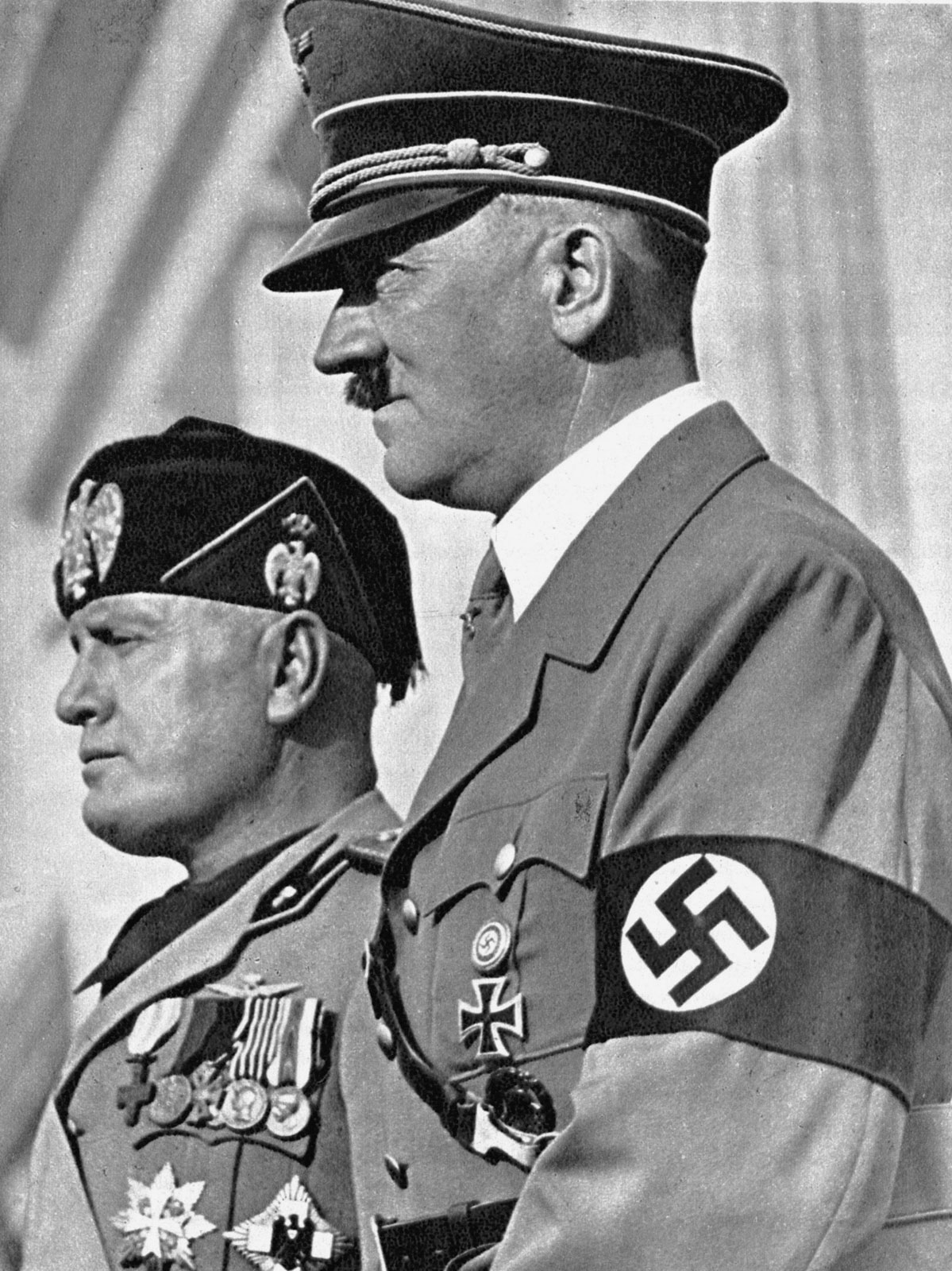
Italy and Germany signed a treaty of Friendship on October 25, 1936. Mussolini would term this the "Axis Pact" ... referring to a central line of European power running from Berlin to Rome
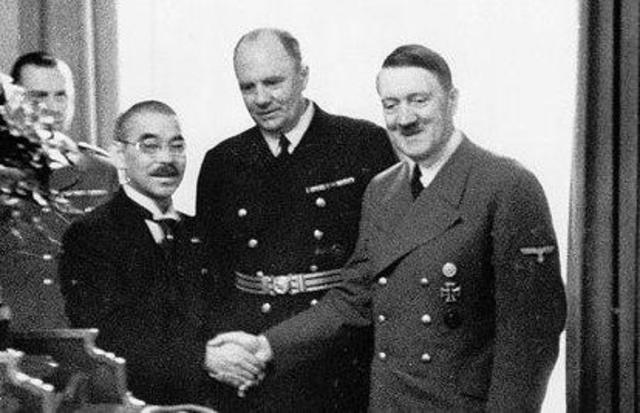
A month later, on November
25th, Germany and Japan signed an Anti-Cominten Pact directed against
Stalin's Communist expansion ... but also recognizing formally Japan's takeover of Manchukuo in Northern China. A year later Italy would
join the Pact.

Go on to the next section: Stalin's Soviet Russia
 Miles
H. Hodges Miles
H. Hodges
| |


 Britain and the Great Depression
Britain and the Great Depression
 The new Republic of Czechoslovakia
The new Republic of Czechoslovakia
 Germany, Italy and Japan move into a
Germany, Italy and Japan move into a











